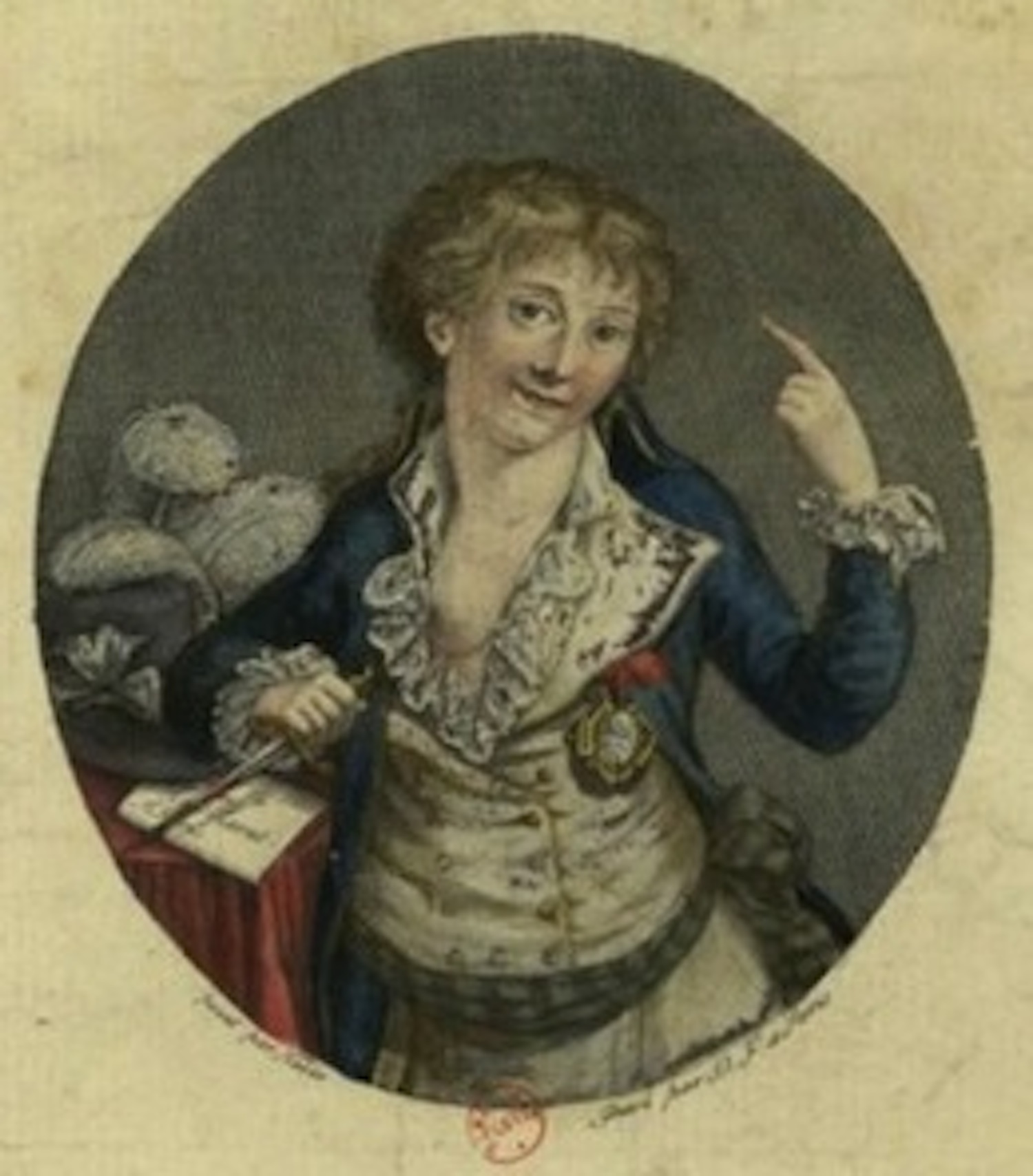Women Warriors in Romantic Drama
University of Delaware Press, 2012 (978-1611494303,)
This book examines a recurring figure that appears in French, German, and British drama between 1789 and 1815: the woman warrior. The term itself, woman warrior, refers to quasi-historical female soldiers and assassins who defend their people. Women have long contributed to military campaigns as canteen women. Camp followers ranged from local citizenry to spouses and prostitutes, and on occasion, women assisted men in combat. However, the woman warrior is a romantic figure, meaning a fanciful ideal, despite the reality of women’s participation in select scenes of the French Revolution and the Napoleonic Wars. The central claim of Women Warriors in European Romantic Drama is the woman warrior is a way for some women writers (Olympe de Gouges, Christine Westphalen, Karoline von Günderrode, and Mary Robinson) to explore the case for extending citizenship to women. For the woman warrior fights against injustice, and this just warrior reminds audiences of women's positive contributions to the community. This project focuses primarily on theater for the reason that the stage simulates the public world that female dramatists and their warriors seek to inhabit. Novels and poetry clearly belong to the realm of fiction, but when audiences see women fighting onstage, they confront concrete visions of impossible women. I examine dramas in the context of their performance and production histories in order to answer why so many serious dramas featuring women warriors fail to find applause, or fail to be staged at all. Analysis of plays by Olympe de Gouges, Edmund Eyre, Christine Westphalen, Heinrich von Kleist, and Karoline von Günderrode shows that for some writers, the difficult project of getting audiences to take women warriors seriously resembles women writers’ struggles to enter the ostensibly male domains of tragedy and the public sphere.

